Disaster Recovery (DR) Architecture on AWS, Part I: Strategies for Recovery in the Cloud
AWS Disaster Recovery
APRIL 5, 2021
Figure 2 shows the four strategies for DR that are highlighted in the DR whitepaper. All requests are now switched to be routed there in a process called “failover.” For tighter RTO/RPO objectives, the data is maintained live, and the infrastructure is fully or partially deployed in the recovery site before failover.



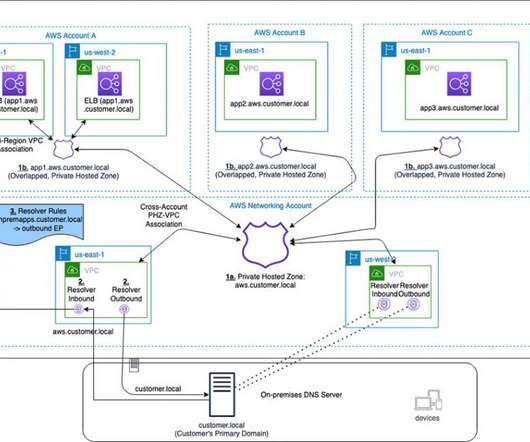
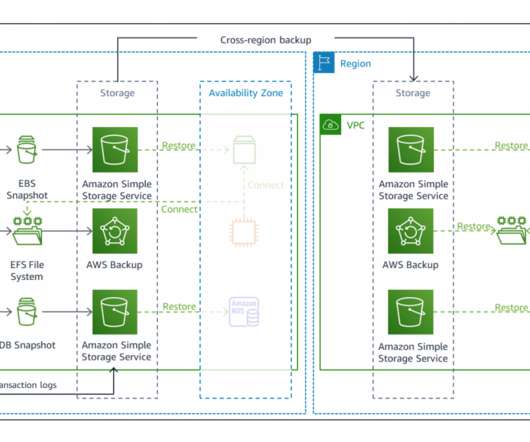
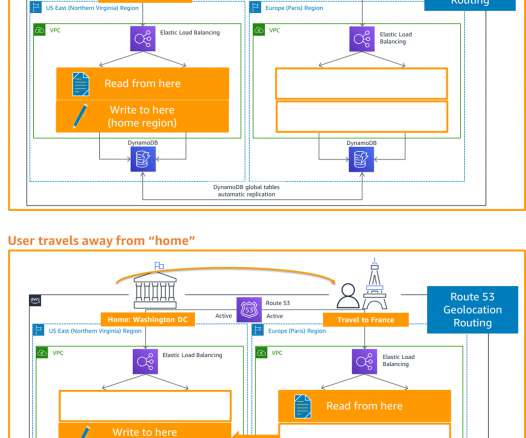
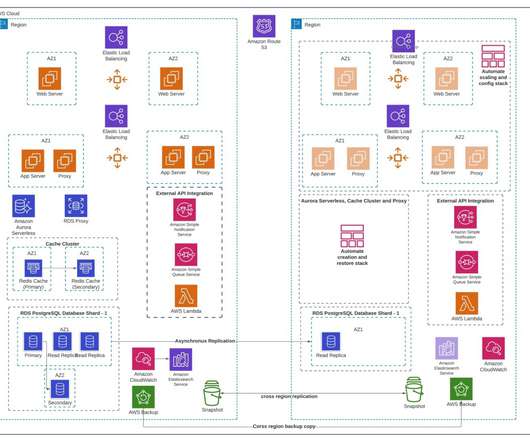
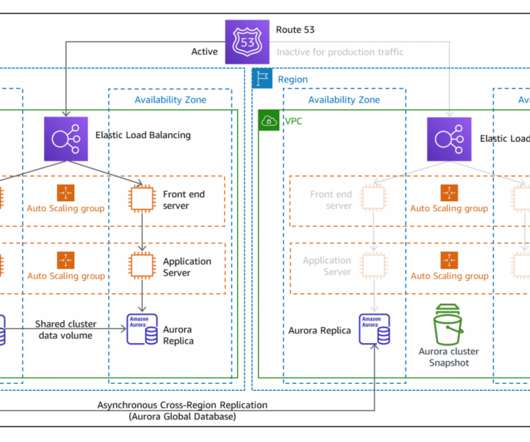
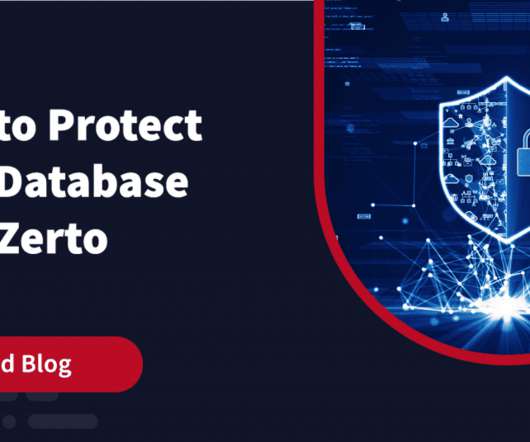

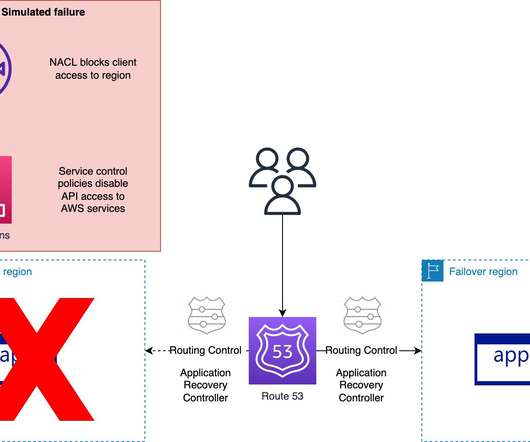







Let's personalize your content